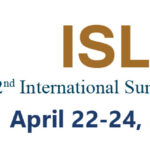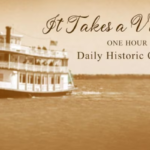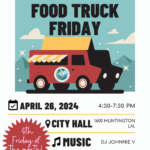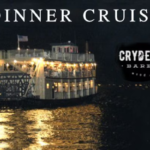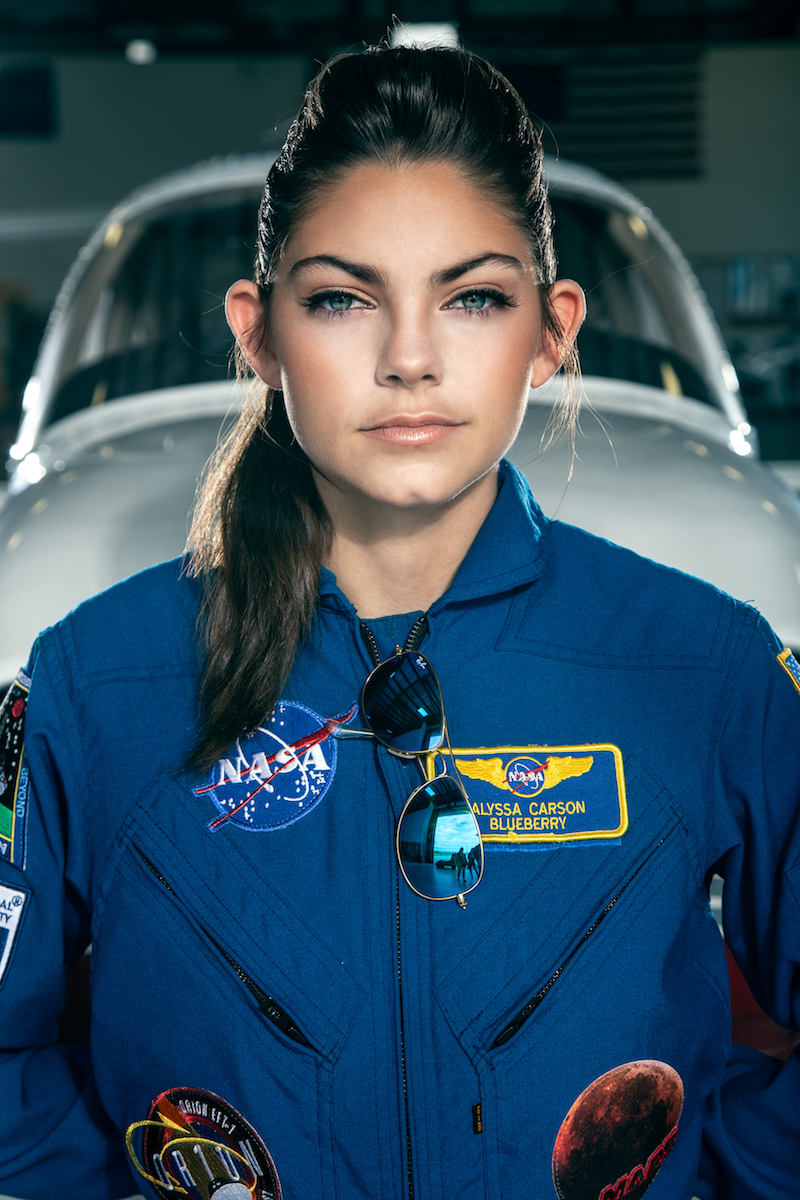
The Florida Tech student who hopes to be among the first to walk on Mars.
The Space Coast has always been known for, well, the space industry. It was here, 50 years ago, where Neil Armstrong, Buzz Aldrin and Michael Collins were launched from the Earth to the Moon. And, it will be from here where a crew will be launched from the Earth to Mars. With that in mind, as it is our job to focus on “Space Coast Living,” it is important to focus on those who have uprooted their lives to live here, where they can pursue their passions. Specifically, their space-related passions. I wanted to interview Alyssa Carson, a Florida Tech student from Baton Rouge whose mission is to become among the first to walk on Mars. Her story is one of many men and women who have dreamed and trained to journey to space; one that illustrates some of humankind’s best qualities. In the next decade or two, the Space Coast will be the at the center of an illustrious history. This is Carson’s, as well as the Space Coast’s, story.
On the 4th of July, there was a picture of Alyssa Carson floating around Facebook. She was decked out in a blue flight suit, and the bio that accompanied the photo shared that she is an 18-year-old who is already preparing to become an astronaut, with the goal of being among the first to walk on Mars.
Carson was only three years old when she was inspired to venture to Mars. After watching an episode of “The Backyardigans,” in which the animated group of animals traveled to the red planet, Carson began to ask her dad questions about space. He shared that humans had traveled to space, though no one had been to Mars. Of course, once he shared that it would be her generation that would get there, she decided, “Well, huh! Maybe I can do it!” Since that moment, she has been working hard to accomplish her dream.
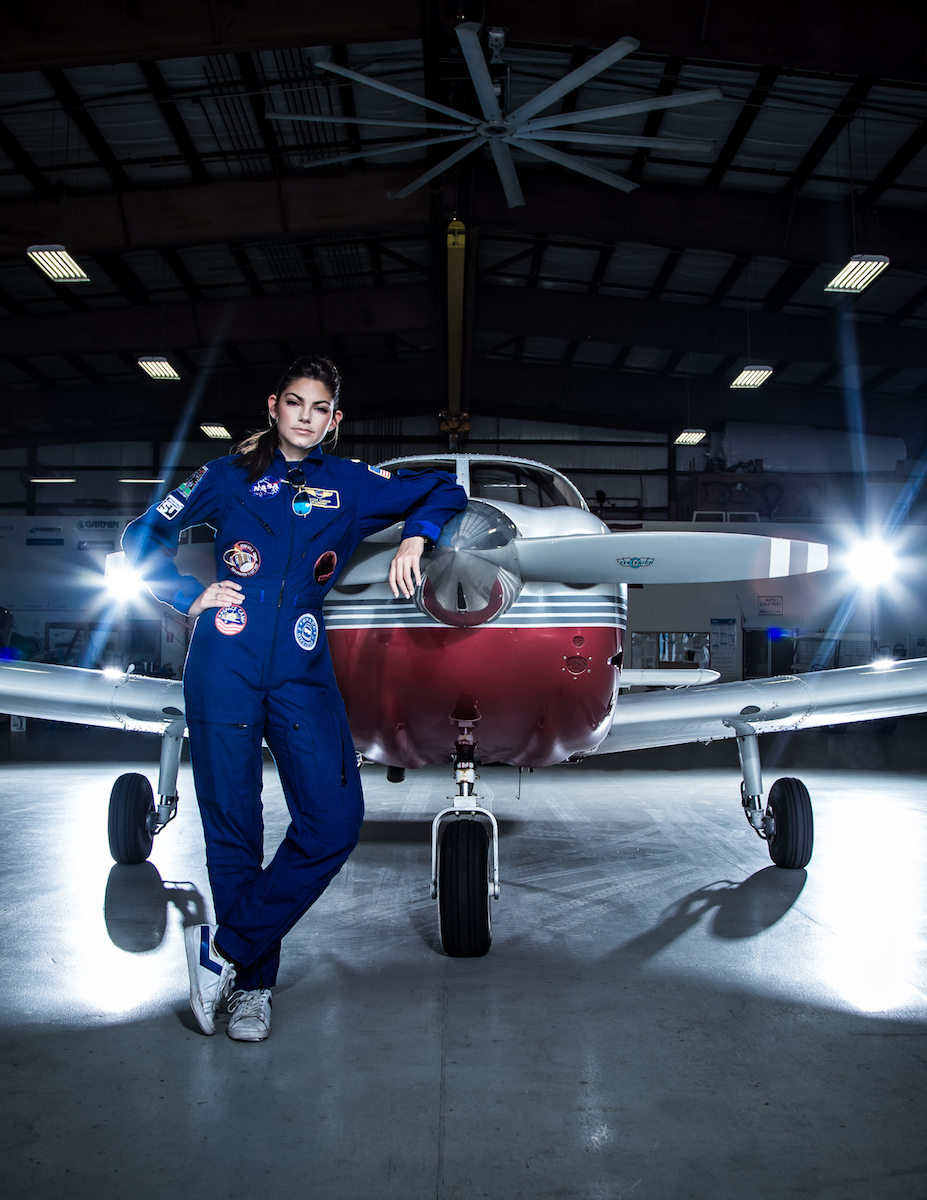
One quick Google search of the young Mars walker-to-be provides a wealth of information on her young career thus far. Though she’s only 18, it’s apparent she’s already done more than what many will do in a lifetime and is inspiring an entire generation to accomplish their dreams, no matter how otherworldly they may be. But if history has taught us anything, it is that big dreams are what take us to new heights. Literally. Fifty years ago this past July, Neil Armstrong descended from the Apollo Lunar Module and took the small step that signified mankind’s giant leap: Man had finally traveled to the Moon, and set foot on the lunar surface. Then, our astronauts were military test pilots and engineers. Now, our astronauts are also scientists and mathematicians, whose skills help with research. And, though our first astronauts were all men, the Space Shuttle program allowed for women to join the ranks. In 2024, NASA will send the first woman to the moon, and in 2033 (or earlier, if Elon Musk has his way), man and woman will journey to Mars.
The journey to space begins long before the day of the launch. Before the Apollo 11 flight, there were Apollo flights 1-10, as well as the Mercury and Gemini projects, which helped bridge us from the Earth to the Moon. And of course, there was President John F. Kennedy’s infamous speech at Rice University, in which he pushed the United States to make it to the Moon before the end of the ’60s — a goal that was met in 1969.
To Kennedy, and to many at the time, space exploration was as natural to human beings as breathing.
He said, “Many years ago the great British explorer George Mallory, who was to die on Mount Everest, was asked why did he want to climb it. He said, ‘Because it is there.’ Well, space is there, and we’re going to climb it, and the Moon and the planets are there, and new hopes for knowledge and peace are there. And, therefore, as we set sail we ask God’s blessing on the most hazardous and dangerous and greatest adventure on which man has ever embarked.”
What the United States accomplished in the 1950s, ’60s and ’70s was only the tip of the iceberg when it comes to space exploration. Like Kennedy, our current world leaders and tech leaders believe that not only is traveling to space — Mars, specifically — something that can be done but that it is something that should be done.
In regard to the exploration of Mars, Nasa has sent four rovers to the planet, with another on its way in 2020, to help us better understand the terrain and the atmosphere. Now, both the public and private industries are working hard to troubleshoot and design the necessary spacecraft and equipment for a manned mission. But, more than that, an entire generation of intelligent space enthusiasts is currently laying the groundwork with the hopes of being selected to join the astronaut corps, many with dreams of being the first to land on Mars. Which brings us back to Alyssa Carson.
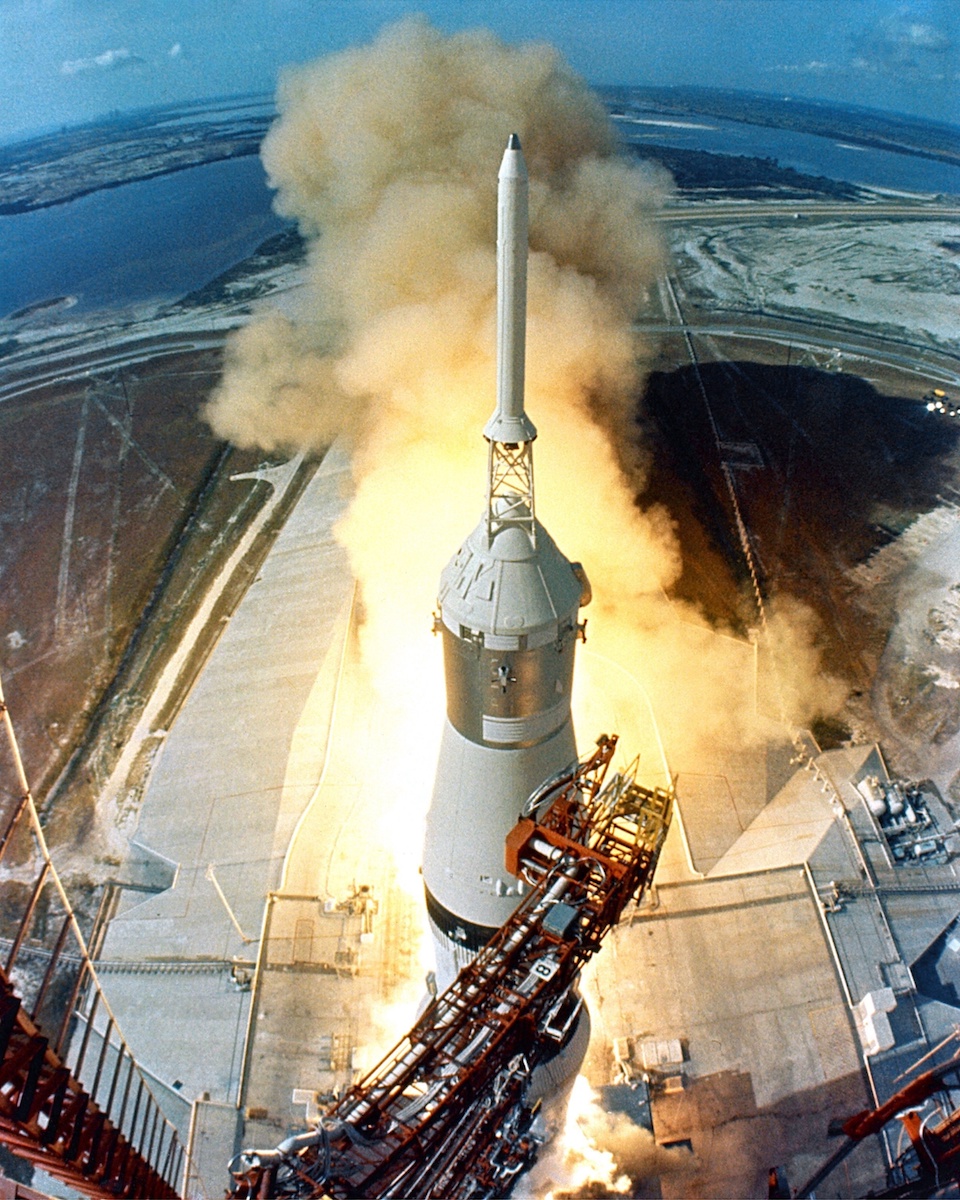
When I meet Carson, she is wearing a tee-shirt that says, “My dream is out of this world … literally.” Along with it, is a drawing of Mars. We are walking through Florida Tech’s Buehler Center for Aviation Training, where our interview and photoshoot are being held.
As previously mentioned, Carson is 18-years-old. She is from Louisiana, but she recently relocated to the Space Coast to begin her collegiate career at the Florida Institute of Technology, where she is on track to study astrobiology. Choosing this degree path, however, is one of the many things she’s done to better her chances of visiting Mars.
Carson is already equipped with a wealth of experience, which will undoubtedly help her when the time comes to compete with thousands of others in the astronaut application process. She is the only person to have completed the NASA passport program, which required her to visit all 14 of NASA’s visitor’s centers across nine states. Through this program, she met astronaut Wendy Lawrence; scientist and TV personality, Bill Nye; and Kennedy Space Center Director Bob Cabana, and Administrator Charles Bolton.
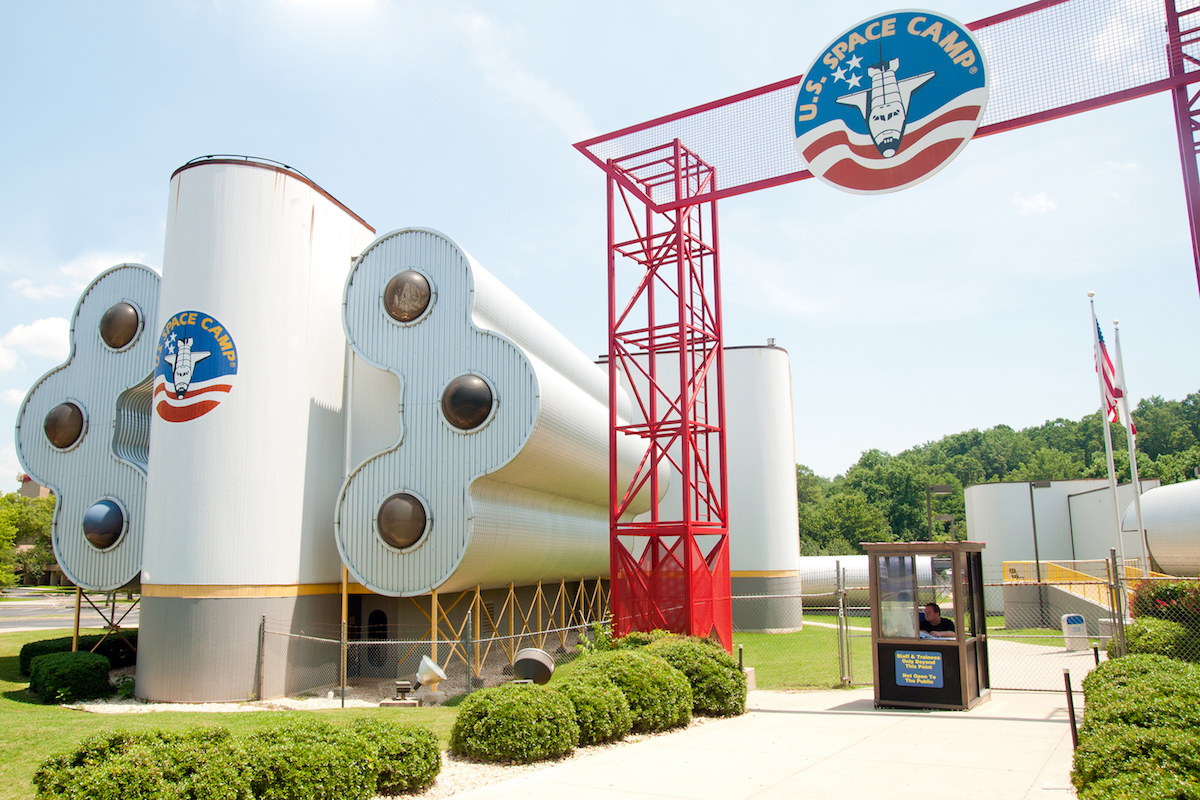
She graduated from the Advanced Space Academy at 16-years-old, making her the youngest person to do so. She was the first person to complete all seven of NASA’s space camps, and she has received her certification in applied astronautics, which certifies her to do a suborbital research flight for Project PoSSUM.
“PoSSUM stands for, ‘Polar Suborbital Science in the Upper Atmosphere,’” shares Carson.
“Basically, they are a private citizen science organization, studying in the upper atmosphere, and their specific focus has been on a cloud called a ‘noctilucent cloud,’ and the reason why they’re looking at doing a suborbital mission is to collect a sample of the cloud, which would be the ultimate goal.”
She also shares that Project PoSSUM works with Final Frontier Design, and helps with their space suit evaluations. Essentially, they are test subjects.
“We will do the microgravity flights, the water survival in their space suits, we’ll test their suits in different environments and get their feedback and a bunch of bio research and all of that goes to Final Frontier,” she says. “Because, if we get to the point of doing the suborbital flight, that would be the suit [we would use].”
In October, Carson traveled to Canada to help test Final Frontier’s EVA space suit at the Canadian Space Agency. Here, she and others completed various tests in lunar and microgravity.
Of course, preparing to complete a suborbital flight with Project PoSSUM is only one flight she hopes to make in her lifetime. The other is a flight to Mars.
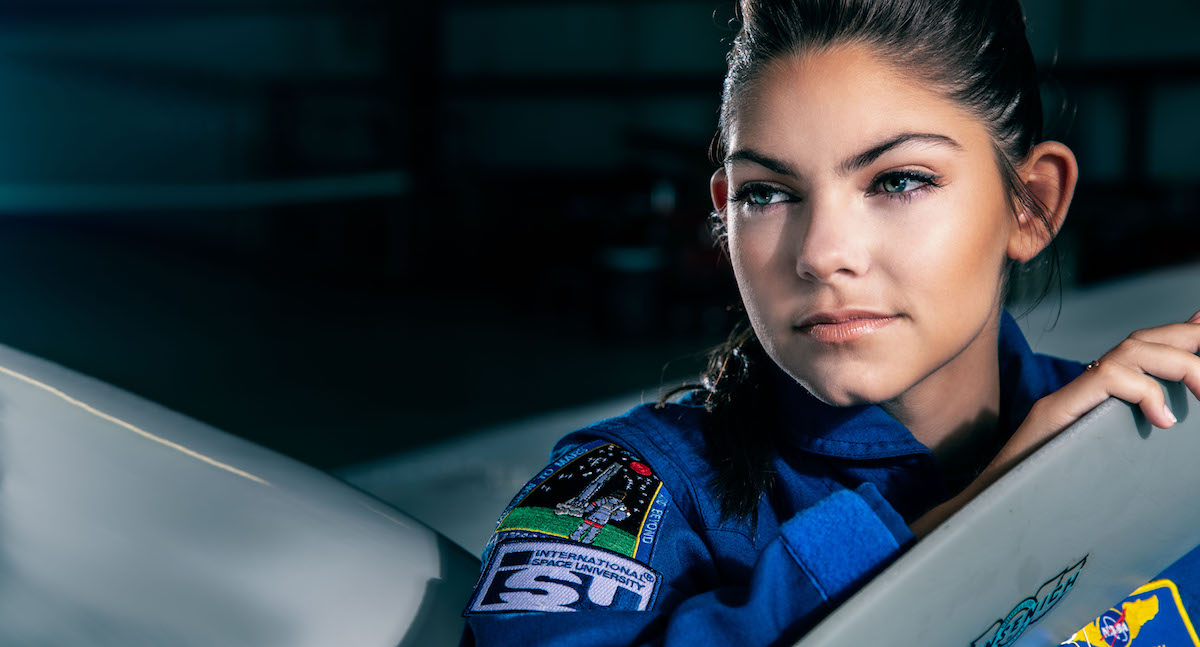
NASA requires its potential astronauts to obtain a Bachelor’s degree in a STEM field, along with three years of post-collegiate experience in a career related to the chosen degree path. And while NASA does give applicants the option to receive a pilot’s license and log 1,000 hours of pilot-in-command time on jet aircraft in lieu of the three years of post-collegiate experience, this pilot’s license is no longer necessary. Though, Carson did receive her pilot’s license before moving to Florida.
“Everything I’m doing, none of that is required,” says Carson. “Basically I wanted to get involved with as many things and see what I’d be interested in … very early on I realized, and [this] is what space camp helped me figure out, the path I wanted to take. So I was always a bit more interested in the sciences and flying or going down the military route …
“Everything that I’ve been doing is just trying to get a mix of everything that would be needed,” she continues. “With a mission to Mars, yeah you’ll have your specific assignment, but you’re going to have to know how to do everything, so that’s what I’ve been working on.”
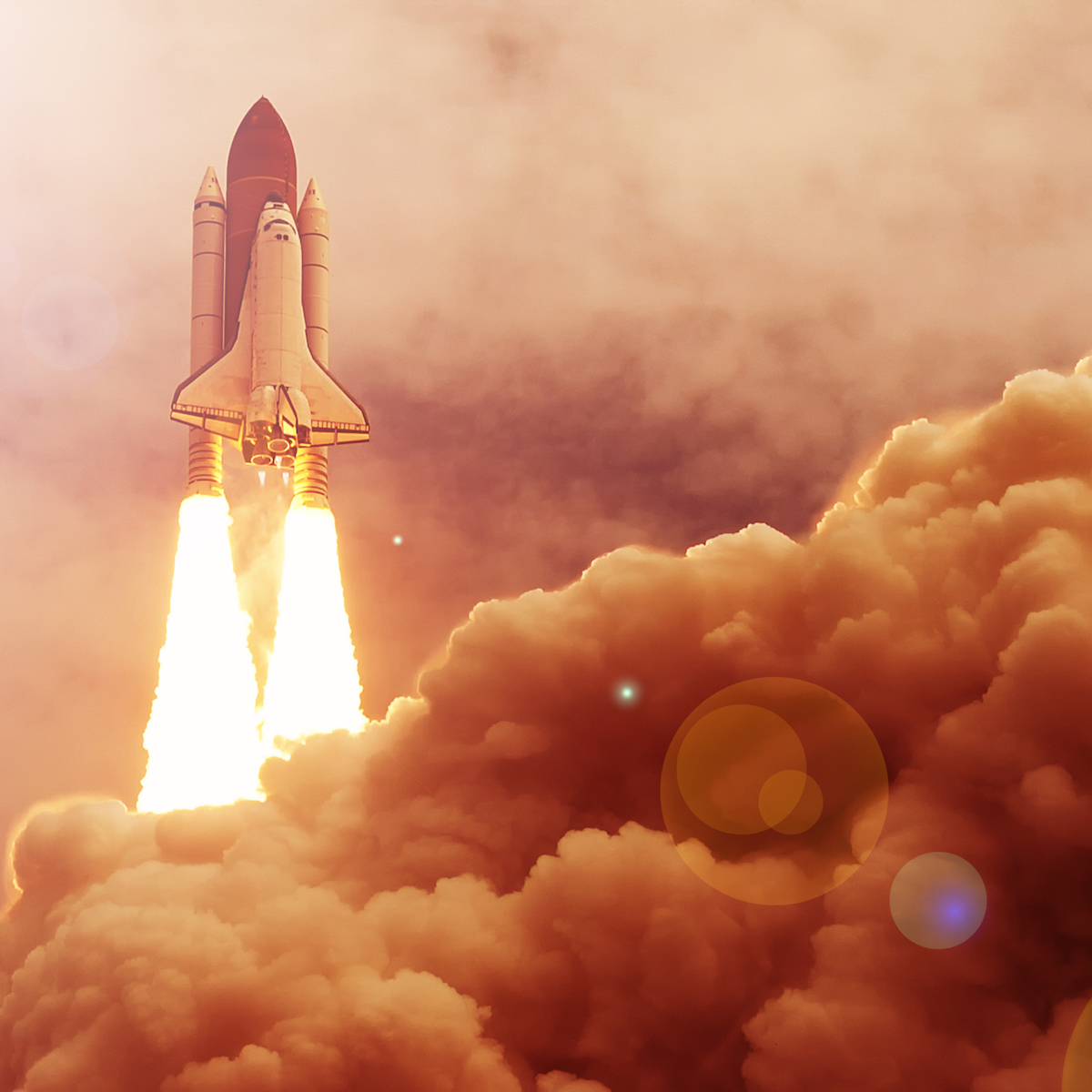
As we spoke more about the race between the public and private industries to get to Mars, Carson shared that she doesn’t know if she even will apply to become a NASA astronaut. “I’m not entirely sure of who is the line of getting [to Mars] first,” says Carson. “And where I am is, I’m not entirely sure if I am going to apply to be a NASA astronaut, you know I’m going through my schooling now and then we’ll see where the different programs are.” By different programs, she is referring to SpaceX, Blue Origin, etc.
Though she is undecided on who she would want to represent when going to the red planet, NASA is the guide for getting to space. But, she’s not too worried about that. For now, she says, she is focusing primarily on school.
“Astrobiology can apply to a lot of things,” says Carson. “I’m still figuring out what I would want to do with that degree … I was talking with someone who was working with the payloads that were on the International Space Station which would be really cool.
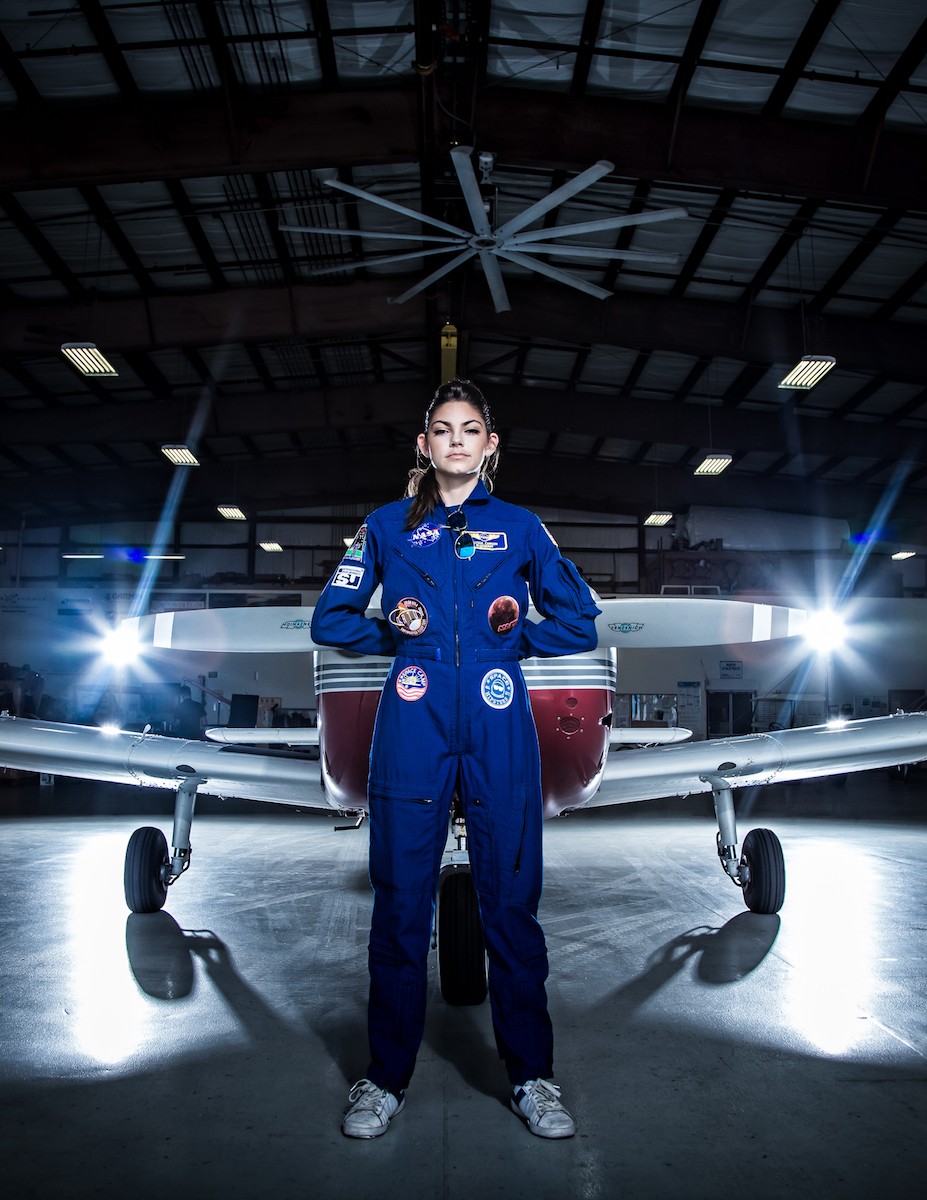
“But something else that’s at Florida Tech that I want to look more into in terms of astrobiology would be actual farming and crop growth that could potentially be used as a food supply for the missions,” continues Carson. “Also, the other aspect of it that interests me is any sort of bacterial life and the possibilities of bacterial life being in water samples on Mars and how possible that would be.”
Even as Carson tells me she’s “just focusing on school” at the moment, everything she says relates back to her main goal: making it to Mars. Of course, everything she does — just about — is done to achieve that goal.
Carson, obviously, is a big believer in pushing space exploration, not just because it’s a cool thing to do, but because it has done and will continue to do a lot of good for our everyday lives.
“A lot of people see planning for Mars as us just putting a bunch of dollar bills in a rocket, sending it to space and just never coming back,” she quips, “But there are so many benefits in the amount of jobs that are created … and also the amount of research and resources we will be bringing back and also the technological advances that are made, which are then used for everyday life.
“Everything we’re doing in terms of the space program comes back and helps people,” she continues.
In a little over a decade, humans will journey to Mars, and just as hundreds of thousands tuned into network television to watch man journey to the Moon in 1969, hundreds of thousands, if not millions, will gather and watch as a team of humans travel to the red planet. Whether they travel to colonize the planet, or make a return flight home, those chosen will be intelligent, strong and sharp; they will travel farther than any human before them, and among them, might just be Alyssa Carson.

Sara Santora
As a Space Coast native, Sara enjoys using her love of writing to speak directly to the community that raised her. She graduated from Florida State University with a B.A. in English, and has written for a variety of magazines; however, her love for publishing and writing developed as a young girl, when she received her first copy of Teen Vogue. When she isn't writing or at work, she is traveling around the state with friends, visiting coffee shops, going to live shows and brushing up on her photography skills. Follow her on Instagram or connect with her on LinkedIn.



